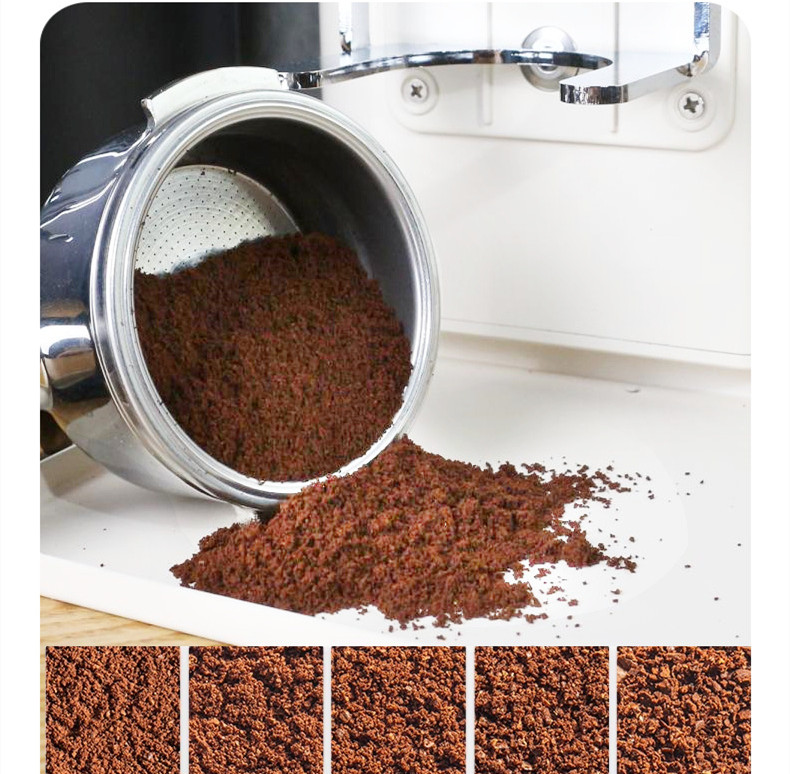Using a Coffee Grinder at High Altitudes: Performance Shifts and Practical Solutions
Operating a coffee grinder in mountainous or elevated regions introduces unique challenges due to lower atmospheric pressure, reduced oxygen levels, and drier air. These factors can impact grind consistency, motor efficiency, and even the flavor of the final brew. Below are key insights and adjustments to ensure optimal performance in high-altitude environments.
Understanding Grind Consistency Challenges
At higher elevations, lower air pressure affects how coffee beans fracture during grinding. This can lead to unexpected variations in particle size, even when using the same settings as at sea level.
- Fine grinds may clump more easily: Reduced atmospheric pressure causes finer particles to stick together, creating uneven extraction during brewing. To counter this, adjust to a slightly coarser setting and test extraction times to find the ideal balance.
- Burr performance may vary: Some grinders rely on airflow to cool internal components. In thinner air, heat dissipation slows, potentially altering the grind profile. Pause intermittently during long grinding sessions to prevent overheating.
- Static electricity increases: Drier high-altitude air exacerbates static buildup, causing grounds to cling to the grinder’s chamber or hopper. Use anti-static techniques like lightly dampening the beans or tapping the grinder to dislodge particles.
Motor Efficiency and Power Adjustments
Electric grinders may experience reduced torque or speed at high altitudes due to thinner air, which impacts motor cooling and power delivery.
- Expect slower grinding times: Motors work harder in low-oxygen environments, leading to longer processing periods for the same batch size. Avoid overloading the hopper to prevent strain on the machine.
- Monitor for overheating: Reduced air density means less efficient cooling. If the grinder becomes unusually hot, let it rest for 5–10 minutes between batches to protect internal components.
- Consider manual alternatives: Hand-crank grinders bypass motor-related issues entirely, offering consistent performance regardless of altitude. However, they require more physical effort for larger batches.
Preserving Coffee Flavor and Freshness
High-altitude climates often feature intense sunlight and fluctuating temperatures, which can degrade coffee beans faster than at lower elevations.
- Store beans in opaque, airtight containers: UV rays and oxygen exposure accelerate staling. Use containers with one-way valves to maintain freshness without allowing moisture or external odors to seep in.
- Grind beans immediately before brewing: Pre-ground coffee loses aromatic compounds rapidly in dry, high-altitude air. Freshly grinding minimizes flavor loss and ensures a more vibrant cup.
- Adjust brewing parameters: Thinner air affects water boiling points, reducing steam pressure in espresso machines or altering drip-coffee extraction times. Experiment with water temperature and brew duration to compensate for these shifts.
Environmental Adaptations for Long-Term Use
High-altitude locations often experience extreme temperature swings between day and night, which can impact grinder materials and calibration.
- Avoid placing the grinder near direct sunlight or heat sources: Prolonged exposure to intense sunlight or stoves can warp plastic components or cause metal parts to expand, affecting alignment.
- Calibrate the grinder seasonally: Temperature changes may require slight adjustments to grind settings. Re-test particle size distribution every few months to ensure consistency.
- Clean burrs more frequently: Drier air reduces humidity, but dust and oil residues from beans can still accumulate. Wipe burrs with a dry brush after each use to prevent clogs.
By addressing grind consistency, motor efficiency, flavor preservation, and environmental adaptations, users can maintain reliable performance from their coffee grinders at high altitudes. These adjustments ensure that elevation-related challenges don’t compromise the quality of their daily brew.


